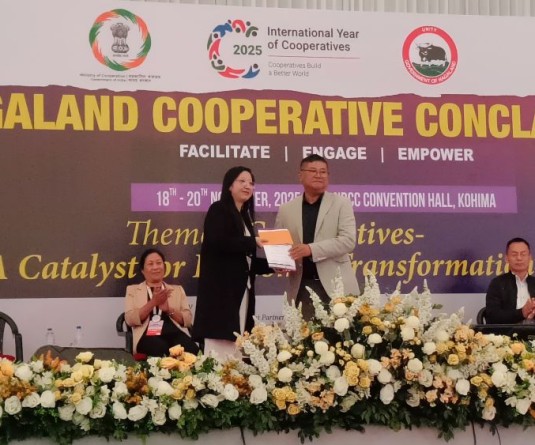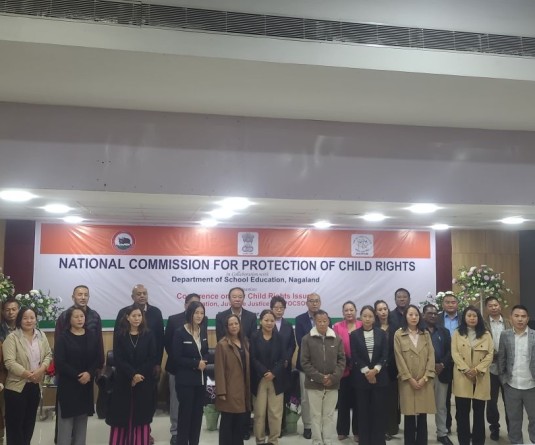
ARK conducts programme to create awareness on HCV
Dimapur, September 19 (MExN): The ARK Foundation with support from the Social Welfare department, and in collaboration with Bethesda YWC, Duncan TI Project, Dimapur conducted a programme on ‘Treatment Literacy on Hepatitis C’ with the community of injecting drug users (IDU) and staff on September 18.
The virtual programmeme was conducted with the objective to create more literacy on Viral Hepatitis C, about the test and diagnosis and treatment aspect with the new treatment drugs called Directly Acting Antivirals (DAAs), according to a press release from the ARK.
Hepatitis and Drug using community
Ketho Angami, President, ARK Foundation, facilitated the session as the resource person.
Various points about hepatitis C virus (HCV), test and diagnostics and treatment with the new oral regimens were imparted to the participants.
The programme started with Ketho sharing the objectives of the workshop and the need to put special emphasis on the need for the drug using community to take ownership of the HCV issue since it is preventable and curable.
He said that Hepatitis is a general term for swelling (inflammation) of the liver (hepa is the Greek word for liver, and itis means swollen). “Many things can cause your liver to become swollen, including drinking a lot of alcohol, taking certain medications or herbs, inhaling toxic fumes, viral hepatitis infections, or other kinds of infections such as leptospirosis (contacts with urine,water, or food),” he informed.
On the aspect of Viral Hepatitis, he put special focus on Hepatitis C, by saying that the virus is found in the blood and very small amounts have also been found in the semen and vaginal fluid. Risk practice included sharing of infected needles and syringes, tattooing equipments, razor or toothbrush etc.
One cannot get HCV from casual contact (kissing, shaking hands, sharing glasses or eating utensils), and a person can get HCV more than once, even if they already cleared it with treatment or, by their own immune response.
Treatable and curable
It can be prevented significantly by using clean injection equipment. While there is no HCV vaccine, researchers are working on preventive and therapeutic vaccines, he said.
On the symptoms, he said that most people have no symptoms when first infected.
About 20% will experience nausea, abdominal pain, appetite loss, fatigue, jaundice (yellow skin and eyes), and dark urine. However he shared that hepatitis C can be treated—and cured —with the new therapies are currently available.
This was followed by a presentation on the nature of HCV testing which starts initially with the antibody test followed by a series of other diagnostic test and monitoring test during and post treatment. He also shared about the need to undergo some other clinical test to assess the condition of the liver to determine the treatment drugs and its duration.
Once the person undergoes all these tests, he is ready to be initiated on treatment with the new treatment drugs namely Sofosbuvir in combination with Daclatasvir or Ledipasvir with the Genotype test not a requisite anymore.
This is so because the new drugs called DAAs works across all the genotypes and the treatment period is ideally for a three months course, or six months basing on the condition of liver.
These new DAA drugs shows treatment cure rate as high as 96% with minimal side effects.
Overall, he stated that the goal of the treatment is to cure the disease and reach an undetectable HCV viral load during treatment and at 24 weeks after treatment has ended.
The second goal is to improve liver health by reducing the liver inflammation to a great extent.
The programme was followed by a question and answer session.
Ketho concluded the programme by thanking the partner NGOs for jointly organizing the programme and also thanked the Social Welfare Department for their support.






